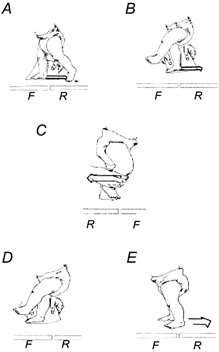Figure 1. Schematic illustration of the disturbances.

The infant was viewed from the left side in A, B, D and E and from the right side in C. All the disturbances were applied when the infant was walking forward on the treadmill. F and R represent front and rear force plate, respectively. Three types of disturbances were applied. A and B, rapid extension of the right hip during stance. A and B show a disturbance during contralateral late stance phase and late swing phase, respectively. C, extension of the right hip during swing. The forward motion of the limb was interrupted for a short period of time manually. D and E, disturbances to promote in-phase stepping. The right leg was held in mid-stance phase by using the cardboard (D). When the left leg reached a similar position to the right leg, the two legs were allowed to move backward together with the treadmill belt (E).
